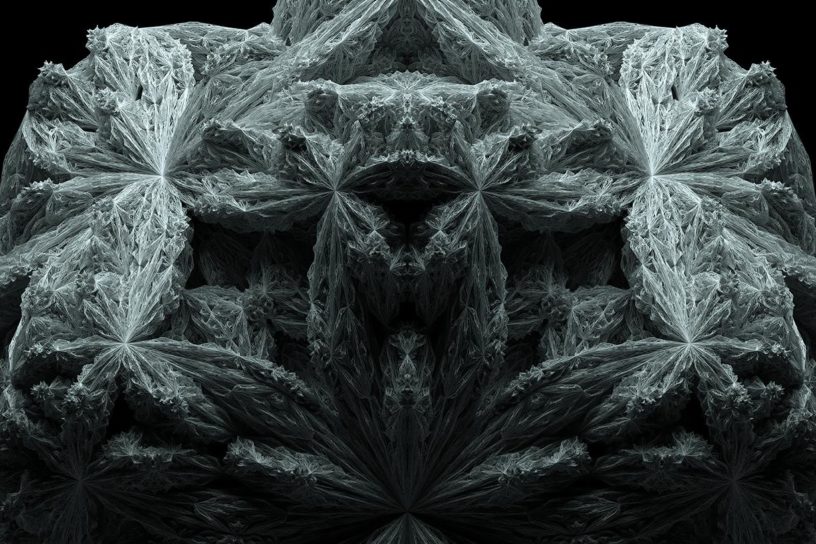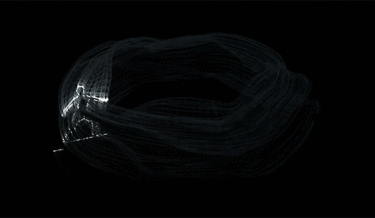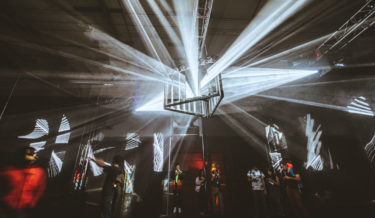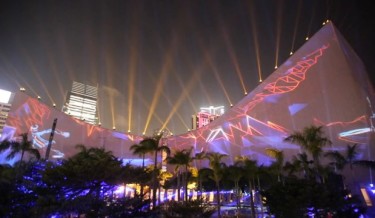Related post
A New Dancing Light Sculpture by Akinori Goto
Mar 23, 2017
|
Comments Off on A New Dancing Light Sculpture by Akinori Goto
2448
A bunch of tricks and tools for generative visual tool TouchDesigner
May 05, 2017
|
Comments Off on A bunch of tricks and tools for generative visual tool TouchDesigner
4049
PULSE 3D LIGHT SHOW 2015 by rgb
Mar 16, 2015
|
Comments Off on PULSE 3D LIGHT SHOW 2015 by rgb
3042







